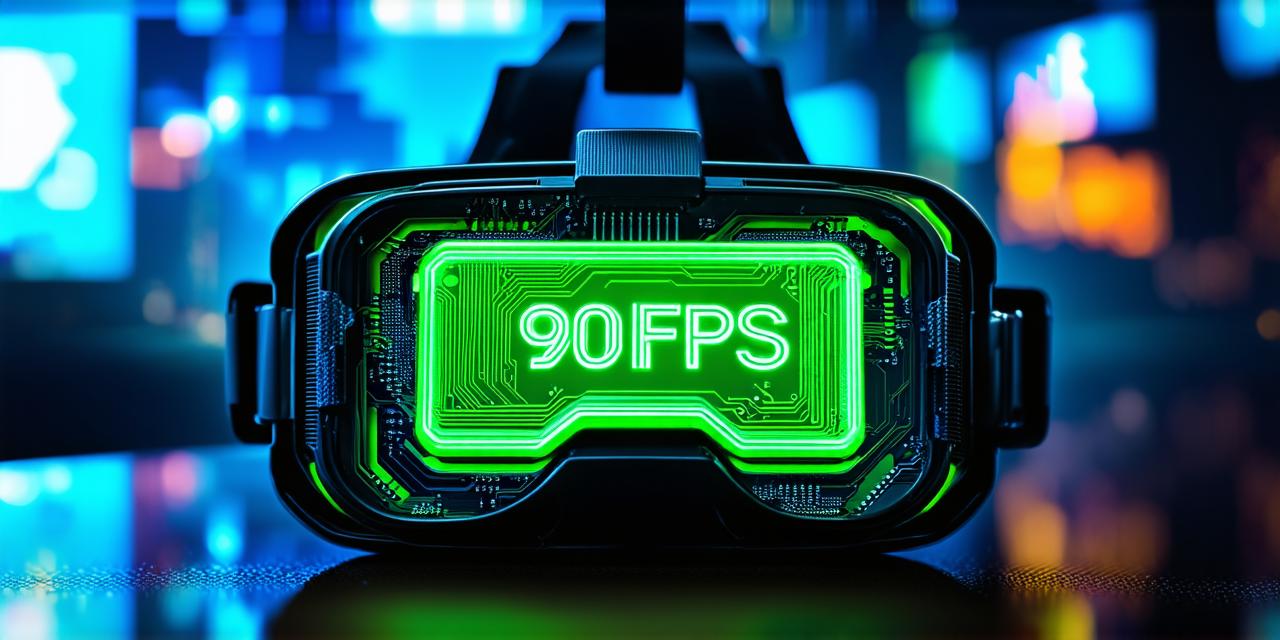Introduction
Virtual reality (VR) is becoming increasingly popular as a way to experience immersive environments and interact with digital objects. However, not all VR headsets are created equal. One important factor to consider when choosing a VR headset is the frame rate, which refers to the number of frames per second that the headset can display. In this article, we will explore what the frame rate of a VR headset signifies and how it affects your experience.
What is Frame Rate?
Frame rate is a measure of how often the display updates with new information. It is typically expressed as the number of frames per second (fps). For example, if a VR headset has a frame rate of 60 fps, it will update its display 60 times per second.
The higher the frame rate, the smoother and more immersive the experience will be. A high frame rate can make movements in VR feel more natural and fluid, and can help reduce motion sickness.
How Does Frame Rate Affect Your Experience?
Frame rate has a significant impact on your VR experience. Here are some ways that it affects your experience:
Motion Sickness
Motion sickness is a common problem for people who use VR. It can be caused by a variety of factors, including low frame rates. When the frame rate is low, the display updates slowly, which can cause motion sickness. A high frame rate can help reduce motion sickness by providing a smoother and more natural experience.
Realism
A high frame rate can make VR environments feel more realistic. This is because the display updates quickly, which makes movements in the environment appear more fluid and natural.
Performance
Frame rate can also affect the performance of your VR system. If the frame rate is too low, it can cause lag or stuttering, which can make the experience less enjoyable. A high frame rate can help improve performance by ensuring that the display updates quickly and smoothly.
Comparison of Frame Rates
There are a variety of VR headsets available with different frame rates. Here is a comparison of some popular VR headsets:
Oculus Quest 2
The Oculus Quest 2 has a maximum frame rate of 90 fps. This makes it one of the highest-performing VR headsets on the market. The high frame rate helps reduce motion sickness and improve performance, making it an excellent choice for gamers and content creators.
HTC Vive Pro Eye
The
HTC Vive Pro Eye
has a maximum frame rate of 120 fps. This makes it one of the highest-performing
